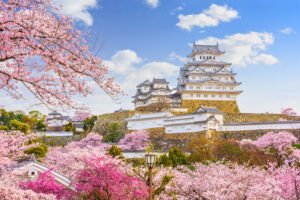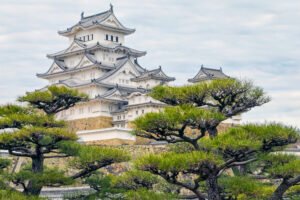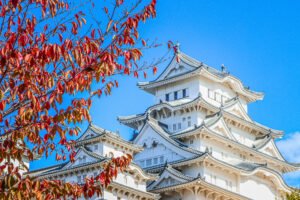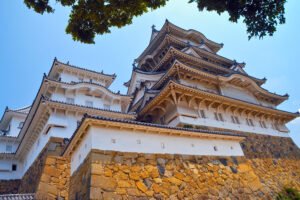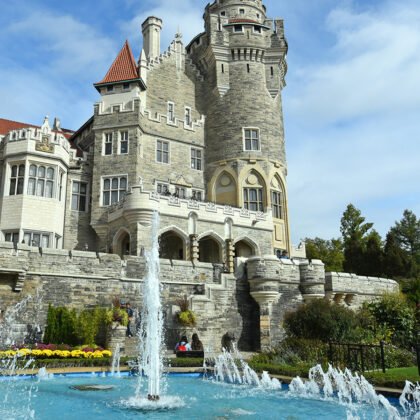Spotting Himeji Castle for the first time feels almost unreal—the white walls and soaring roofs seem to glow against the sky. Locals call it the “White Heron Castle,” and it really does look like it could take flight at any moment. Even with crowds, there’s a certain stillness here. Wandering the grounds, you start to sense why this place is often called Japan’s most beautiful castle.
Quick Facts
📍 Location: Himeji, Hyōgo Prefecture, Japan
🏗️ Construction Period: 1333 as a fort, expanded into a full castle in 1609
🏰 Architectural Style: Japanese feudal (Azuchi–Momoyama period)
🎭 Famous For: Blinding white plaster walls, maze-like layout, legendary defenses
👑 Notable Figures: Ikeda Terumasa, Honda Tadamasa
🏆 UNESCO Status: Yes, since 1993 (as “Himeji-jo“)
🌐 Official Website: https://www.himejicastle.jp/en/
Map
Historical Context
Himeji Castle’s story stretches back to the early 1600s, though the hilltop was fortified long before that. Built to impress and to defend, it’s famous for its maze-like layout—designed to confuse invaders with winding paths, hidden gates, and watchful towers. Remarkably, Himeji survived centuries of war, earthquakes, and even World War II bombings without serious damage. Unlike many Japanese castles that have been rebuilt in concrete, Himeji remains mostly original, right down to its thick white plaster walls. Over the years, shoguns, samurai, and local lords called these halls home. Today, the castle stands as a UNESCO World Heritage site and a symbol of Japanese resilience and craftsmanship. Exploring its grounds, you can’t help but wonder about all the footsteps that have echoed across these ancient floors.
Gallery
Visiting Information
🗓️ Best Time to Visit: Late March to early April and late October to November
🗺️ Location Perks: Cherry blossoms in spring and colorful foliage in autumn turn the grounds into a picture-perfect scene.
⏳ Estimated Visit Duration: Plan to spend 2–3 hours exploring Himeji Castle’s towers, winding paths, and serene gardens.
💡 Visiting tips: Don’t skip Koko-en Garden next door; it’s a peaceful spot for a break after your castle tour.

